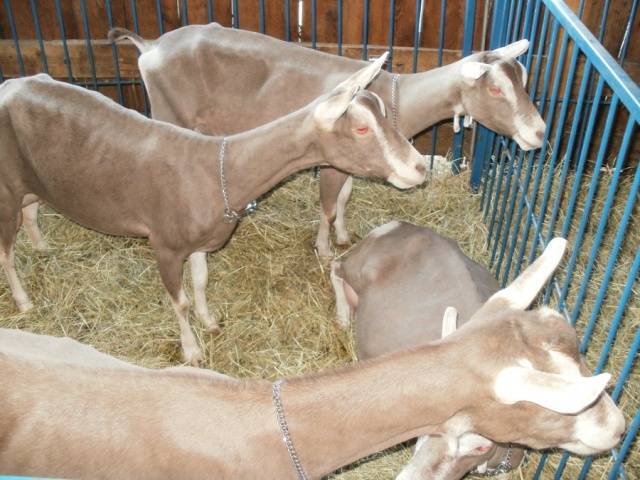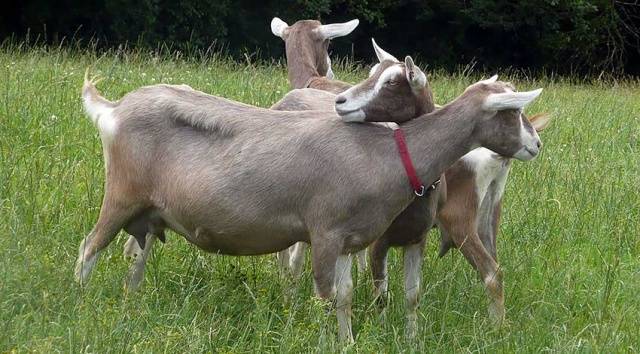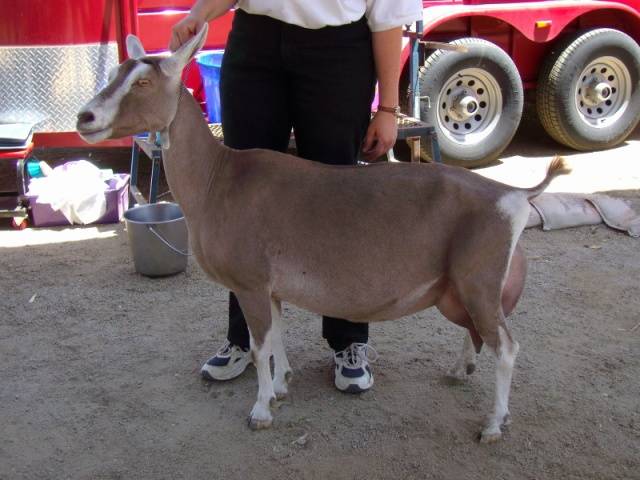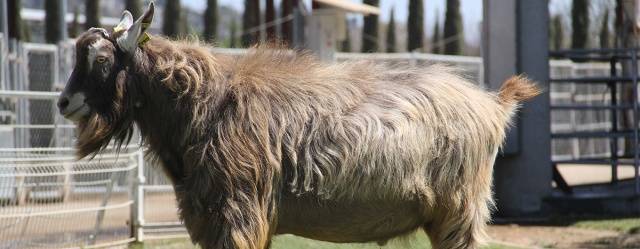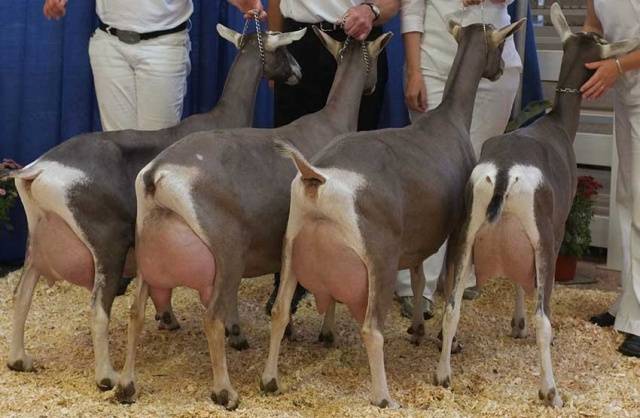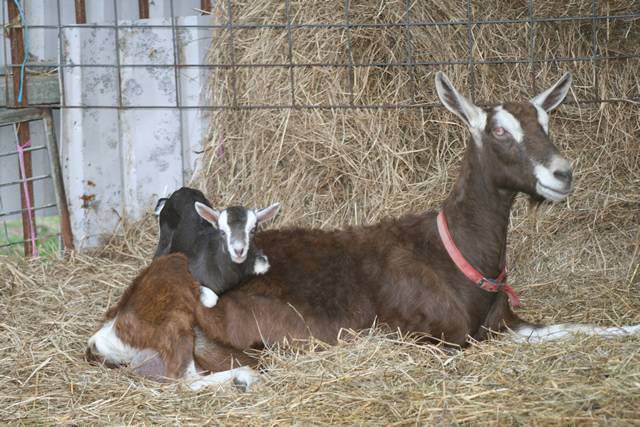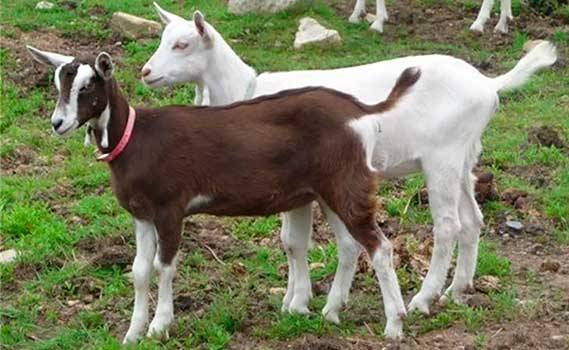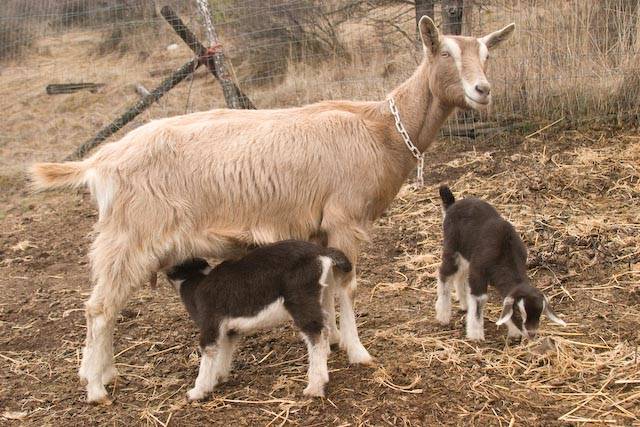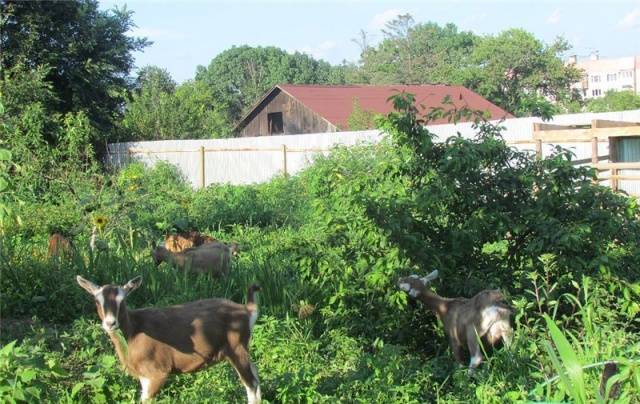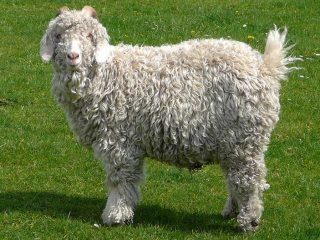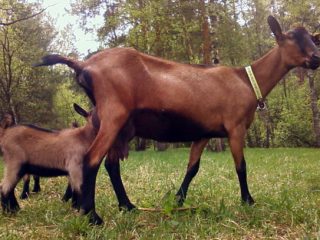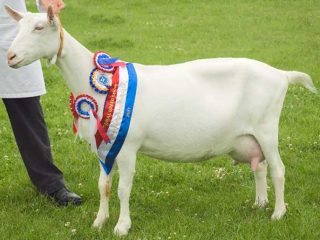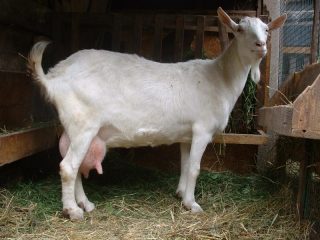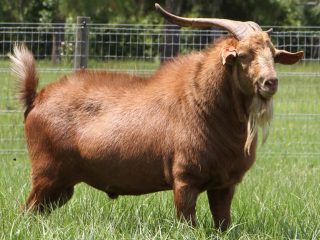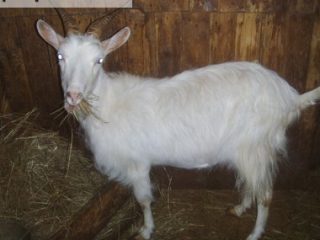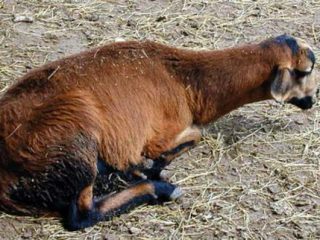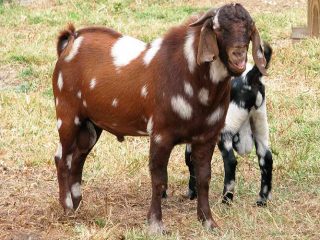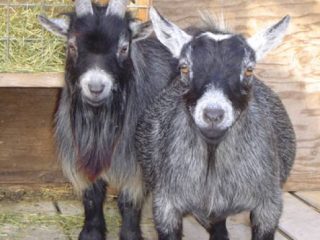Content
Keeping and breeding goats is such an exciting activity that it can’t help but be addictive. Many people get a goat initially to provide environmentally friendly and very healthy milk for their children with some health problems. But then, having become attached to these smart and beautiful animals, they cannot help but expand their herd, until they have to think about changing their place of residence in order to feed and maintain the desired number of goats. Choosing a breed is always interesting to try something new that has some interesting characteristics and qualities. The Toggenburg goat breed is one of the most interesting dairy breeds found in the world, both in its appearance and characteristics. It’s just a pity that this breed is not very well known in our country, although there are plenty of reasons for its wide distribution.
History of the breed
This breed originates from Switzerland, like many other dairy goats. It got its name from the Toggenburg valley of the same name in a mountainous area in Switzerland.Toggenburg goats are one of the oldest dairy breeds in the world, with a stud book dating back to 1890! This breed was obtained by crossing local Swiss goats with various representatives from other countries and regions.
Other countries became interested in the Toggenburg goat and began actively exporting animals to breed them in their homeland. Naturally, some modifications have occurred in the breed, in England and the USA, for example, the Toggenburg goat has a much taller stature and short hair. As a result, today there are such varieties as the British Toggenburg (common in England and the USA), noble Toggenburg (common in Switzerland), and Thuringian Forest (common in Germany). It is also known that Czech the brown one was also obtained on the basis of the Toggenburg breed.
Toggenburgs were also imported to Russia at the beginning of the 20th century, even before the First World War. These goats ended up in the Leningrad region and their further fate is completely unknown. To this day, in the Leningrad and neighboring regions you can find goats with a color reminiscent of Toggenburgs.
Description of the breed
In general, we can say that Toggenburg goats are smaller in size than other common dairy breeds: Saanen, Alpine, Nubian. The breed standard is considered quite strict: the height at the withers for goats must be at least 66 cm, and for male goats - at least 71 cm. Weight, accordingly, must be at least 54 kg for goats, and at least 72 kg for male goats.
Color is the main distinguishing feature of the breed: the bulk of the body is covered with hair of all shades of brown - from yellowish-fawn to dark chocolate. In the front of the muzzle there is a white or light spot, which then turns into two almost parallel stripes stretching behind the goat’s ears. The very bottom of the legs is also white. The back of the pelvis around the tail is the same color.
The coat can be long or short, but it is very soft, delicate, and silky. It is often longer on the back, along the ridge and on the hips.
The ears are erect, rather narrow and small. The neck is quite long and graceful. The body looks very harmonious and even elegant. The legs are strong, long, the back is straight. The udder is very well developed.
Characteristics of the Toggenburg breed
Goats of this breed are distinguished by their endurance and good adaptability to various living conditions, but they react worse to heat than to cold.
The lactation period lasts on average about 260 – 280 days. During this period, the Toggenburg goat can produce from 700 to 1000 liters of milk, the average fat content of which is about 4%. There are also cases when individual goats of this breed had milk fat content up to 8%. It is believed that the milk of the Toggenburg goat is ideal for making cheese.
Toggenburg goats have fairly high fertility and can bear from 1 to 4 kids every 8-9 months. Only under normal conditions this regime is quite harmful to the goat’s body, which quickly wears out. Therefore, it is better not to let the goat kitt more than once a year.
Advantages and disadvantages of the breed
The Toggenburg goat breed has become widespread throughout the world due to its following advantages:
- They have a beautiful and stately appearance with wool that is very pleasant to the touch, so much so that in some countries goats of this breed are kept for their wool.
- They are resistant to cold climates and easily adapt to low temperatures.
- They have fairly high milk yields, which do not change depending on the time of year - for example, they do not decrease in winter.
- They feel good in mountainous areas.
- They have good fertility indicators.
- They have a calm character, are very affectionate to their owner and are unusually smart.
The disadvantages of the breed include the fact that the taste of the milk they produce is significantly influenced by the composition and quality of the feed that the goat has at its disposal.
Therefore, it is very important that the goat regularly receives the necessary nutrition in the form of minerals and vitamins, and the content of chalk and salt in its daily diet is strictly necessary.
Sables
Since the main distinguishing feature of the Toggenburg breed is its peculiar color, many goats with a similar or very similar color can be called Toggenburg by unscrupulous breeders.
But there is also a special variety of the Saanen breed, called Sables.
Many goat breeders familiar with the Saanen breed know that their wool is white.But both of these breeds, the Saanen and the Toggenburg, have related roots in Switzerland, and therefore may also contain related genes that are responsible for one or another trait. In Saanen goats, there is a recessive gene, the role of which is reduced to the appearance of offspring colored in any color except white. These colored descendants of Saanenki are called Sables. Today they are even recognized as a separate breed in some countries of the world. And in our country, many breeders are happy to breed sabers. But the problem is that quite often babies are born among them, completely indistinguishable in color from Toggenburians.
Maintenance and care
The Toggenburg goat, as noted above, does not tolerate heat very well, but adapts remarkably well to cold. Therefore, it is best to keep it in the middle zone and even further north. In winter, due to sufficient wool cover, goats can be kept in a well-insulated barn without additional heating. Although it is desirable that the temperature in the stalls in winter does not fall below +5°C. Each goat should have its own separate stall with a wooden bed. It is best to make a concrete floor with a slight slope to allow waste to drain; it must be covered with straw, which must be changed regularly. Goats cannot tolerate dampness, so good ventilation in the goat shed is a must.
During the summer grazing period, goats only need sufficient territory for grazing, fresh water to drink and regular feeding in the form of minerals and vitamins (chalk and salt are required). In winter, animals need to be provided with a sufficient amount of high-quality hay, a variety of root crops, brooms of various tree species, as well as grain supplements, which can amount to up to 1 kg per day per head.
Thus, if you want to have a good dairy goat with a beautiful appearance and a balanced character, adapted to our cold climate, then you should take a closer look at the Toggenburg breed.
